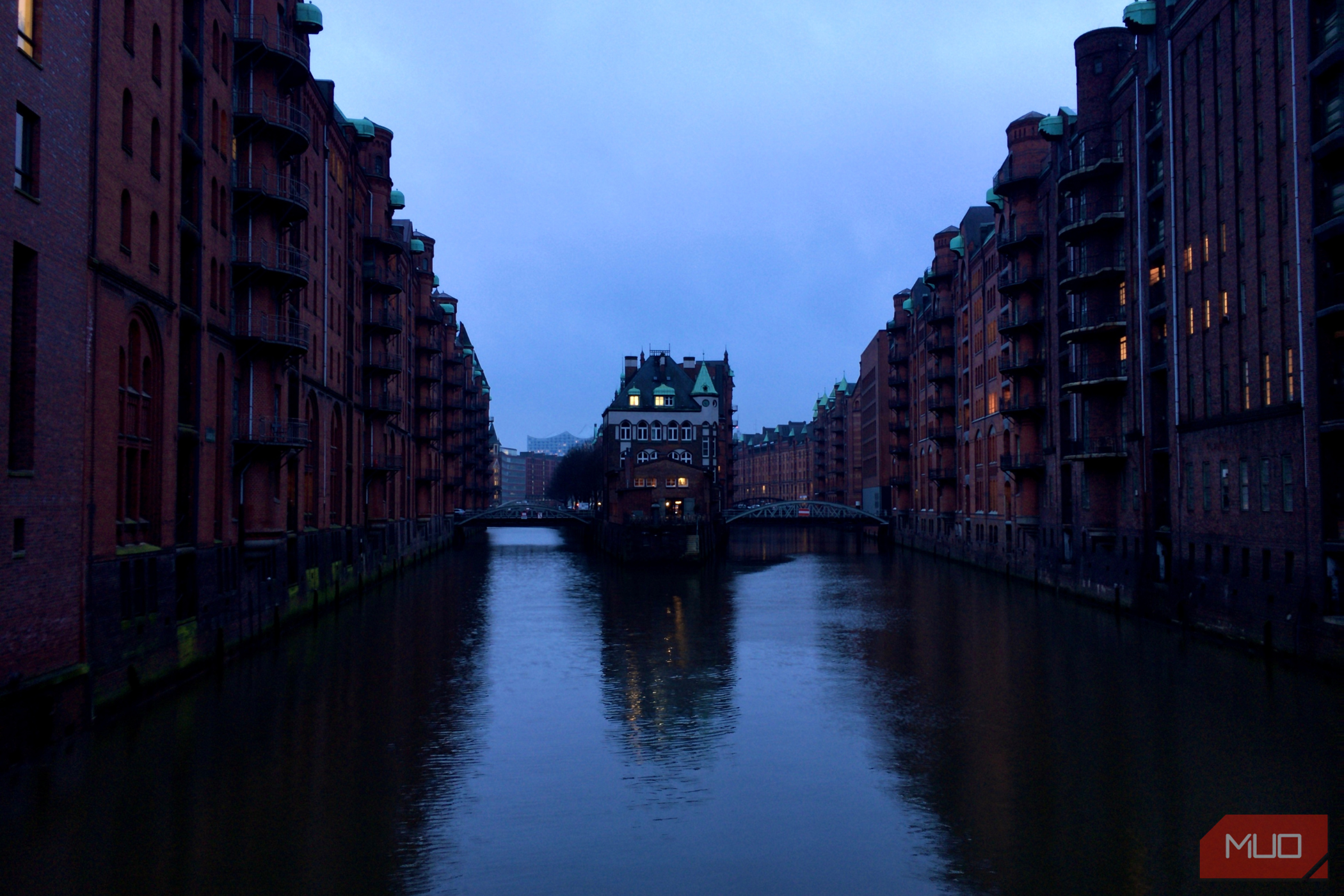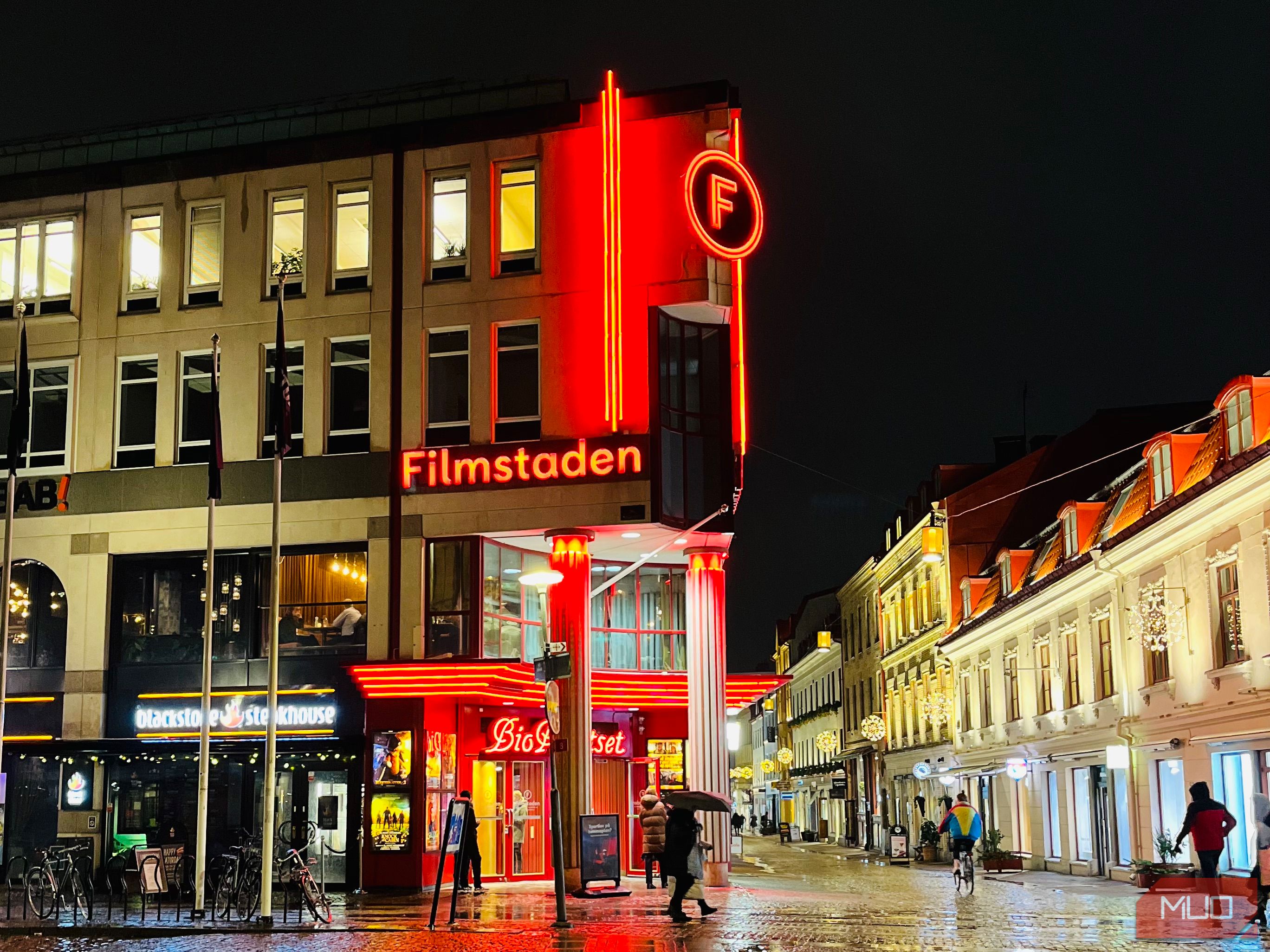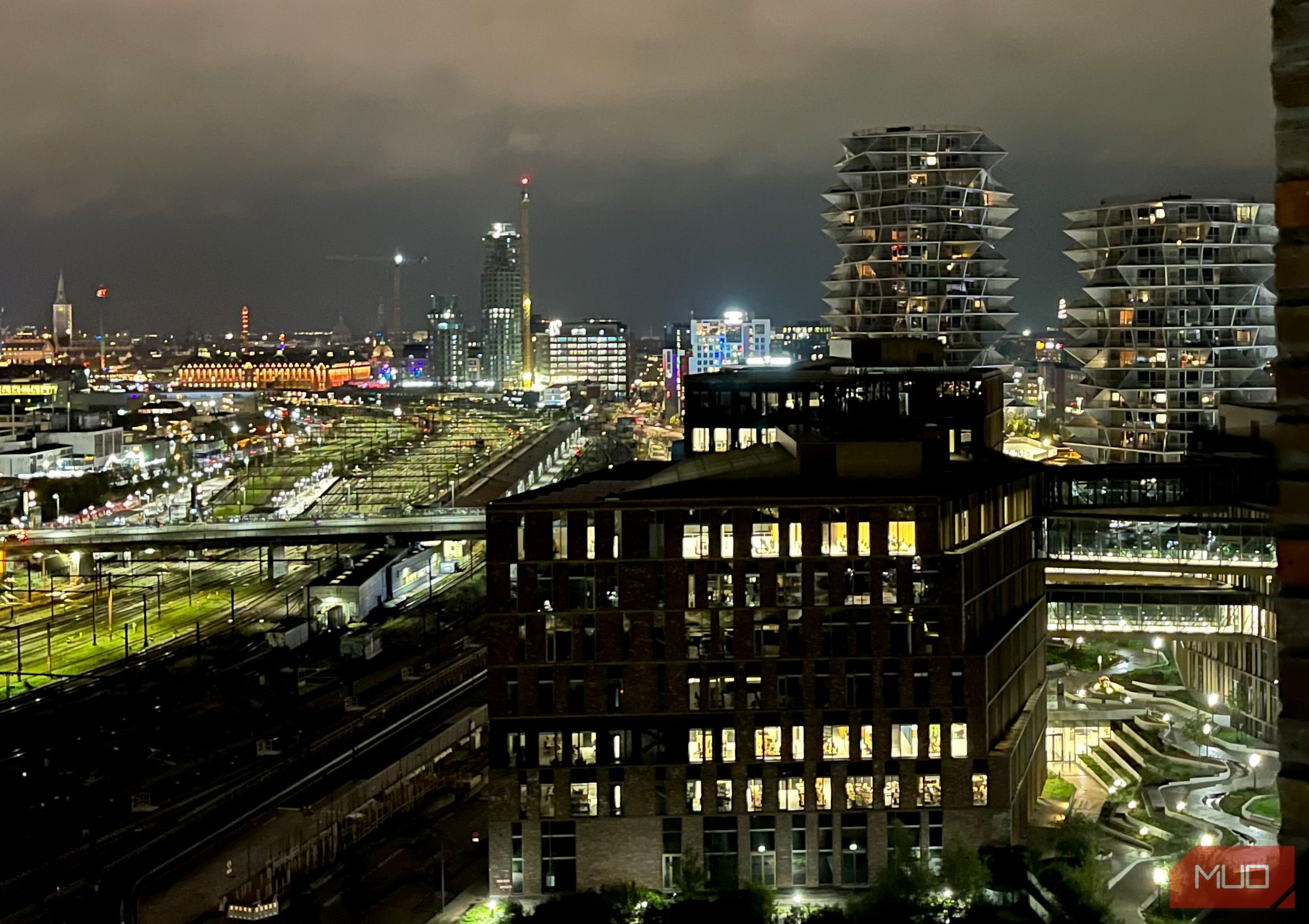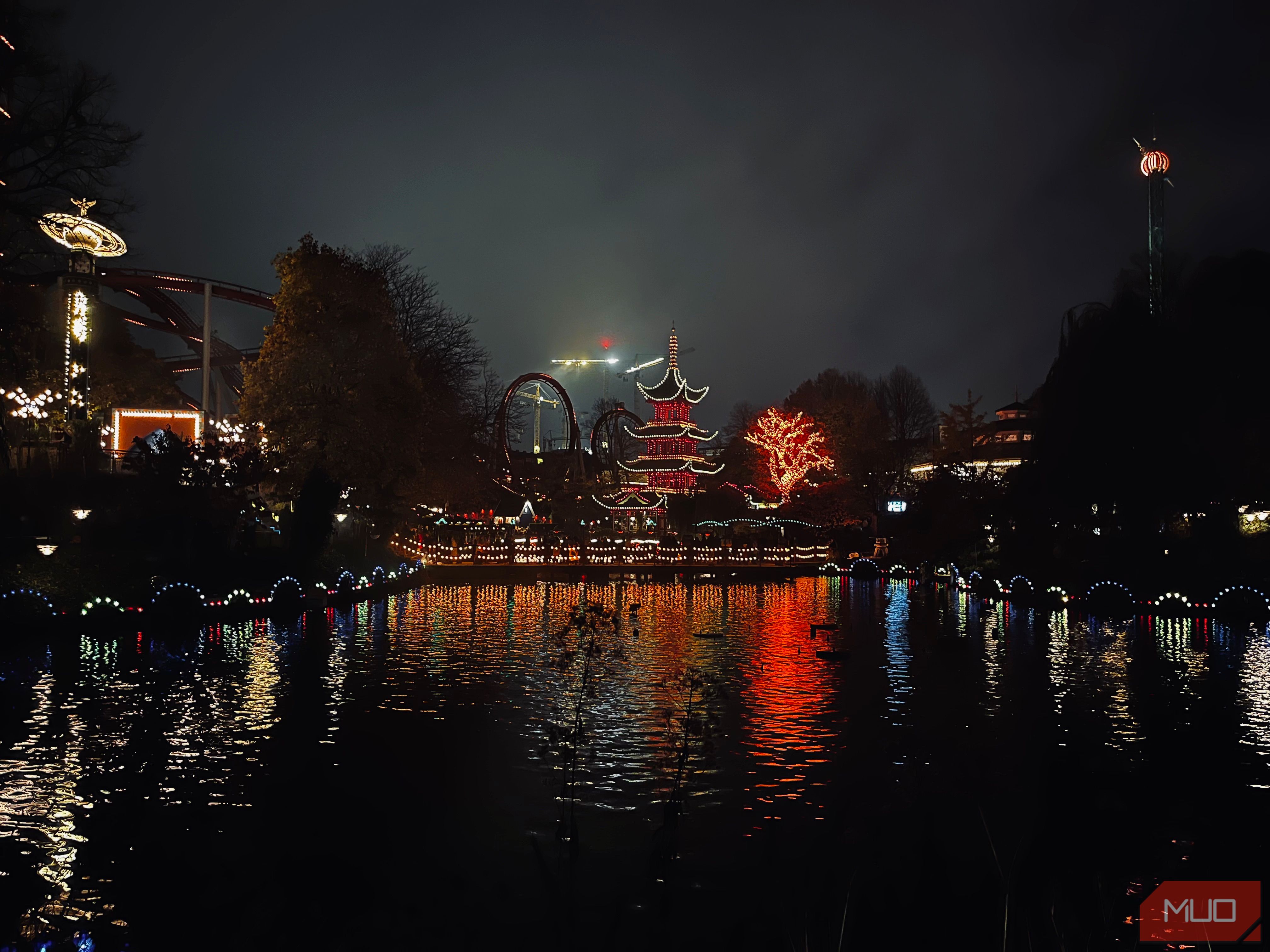Quick Links
DSLRs and mirrorless cameras can deliver the exact low-light shots I want, yet I still find myself reaching for my smartphone. There’s something about its convenience and results that just clicks.
I have an iPhone 13 for smartphone photography, and my camera is the mirrorless Fujifilm X-S10. Your low-light photography results might vary, depending on your devices. For example, full-frame cameras are much better than mirrorless devices and DSLRs for low-light pictures.
1
No Tripod Needed
Although I own a camera tripod, I don’t always have one with me. I’ll carry my tripod for specific tasks (e.g., joining a night photography tour on holiday), but it’s too heavy to bring each time. Unfortunately, I need it to take my preferred types of photos with my camera.
On the flip side, I don’t need a tripod to take low-light pictures on my smartphone. Even if I wanted to use one, a smartphone tripod is much easier to carry around than one designed for cameras.
2
Less Camera Shake
Taking photos in low-light situations often means having to take photos in cold weather. I live relatively far north, meaning that low-light conditions only truly occur during the year’s colder months. Capturing images in these scenarios makes camera shake more likely. So, I have to be more wary of blurrier photos.
Since I often have to increase my camera shutter speed, any movement can ruin my photos. My smartphone, on the other hand, has good image stabilization. Therefore, small movements are less likely to have a big impact on my photos. Some images are blurry, but these are few and far between compared to my camera.
3
Minimal Editing
I share most of my low-light smartphone photos with just my friends and family; as a result, I often don’t want to edit them extensively. My current phone produces solid results, and I rarely want to adjust them beyond adding a filter and potentially altering the exposure.
Comparatively, I’m rarely happy with my low-light mirrorless photos straight out of the camera. I’m happy to edit if I use them for professional purposes, but I’d rather not if they’re just for personal consumption. Not having to edit my low-light photos also frees up time to do other things (e.g., learn more about photography).
4
Quick and Spontaneous
My smartphone is much easier to carry around than my camera, and I also have easier access when I want to take pictures. Whenever I see an interesting low-light situation, I just have to take out my phone and take a picture. With my camera, I’d have to get it out of my bag, switch it on, change the settings, and then capture the image.
By that point, the moment I wanted to photograph could have passed. For example, I visited Iceland in winter 2024. While walking to dinner, I randomly looked up and saw the Northern Lights. It came and went quickly, and I wouldn’t have gotten my shot if I had been too busy setting up my camera.
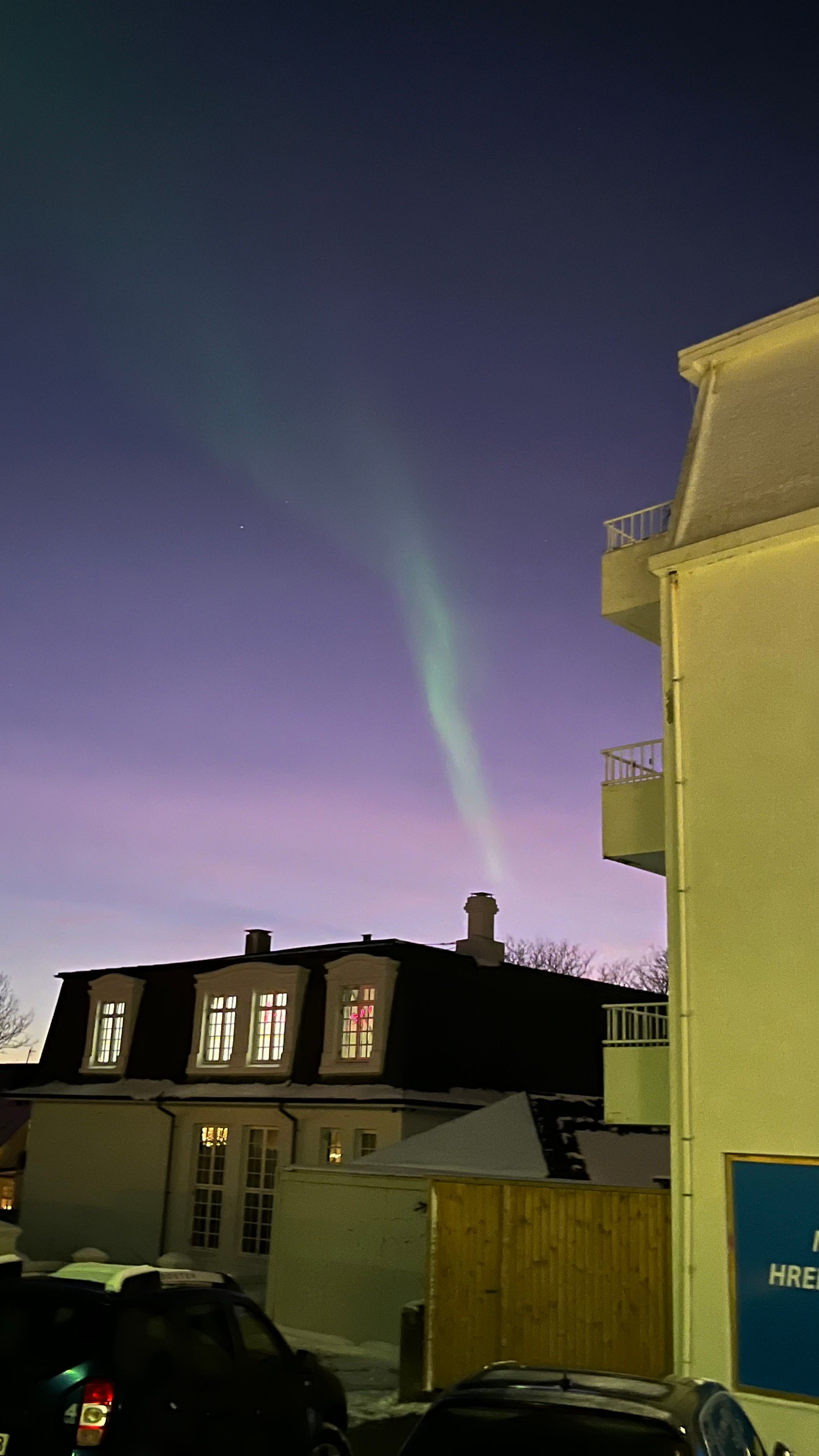
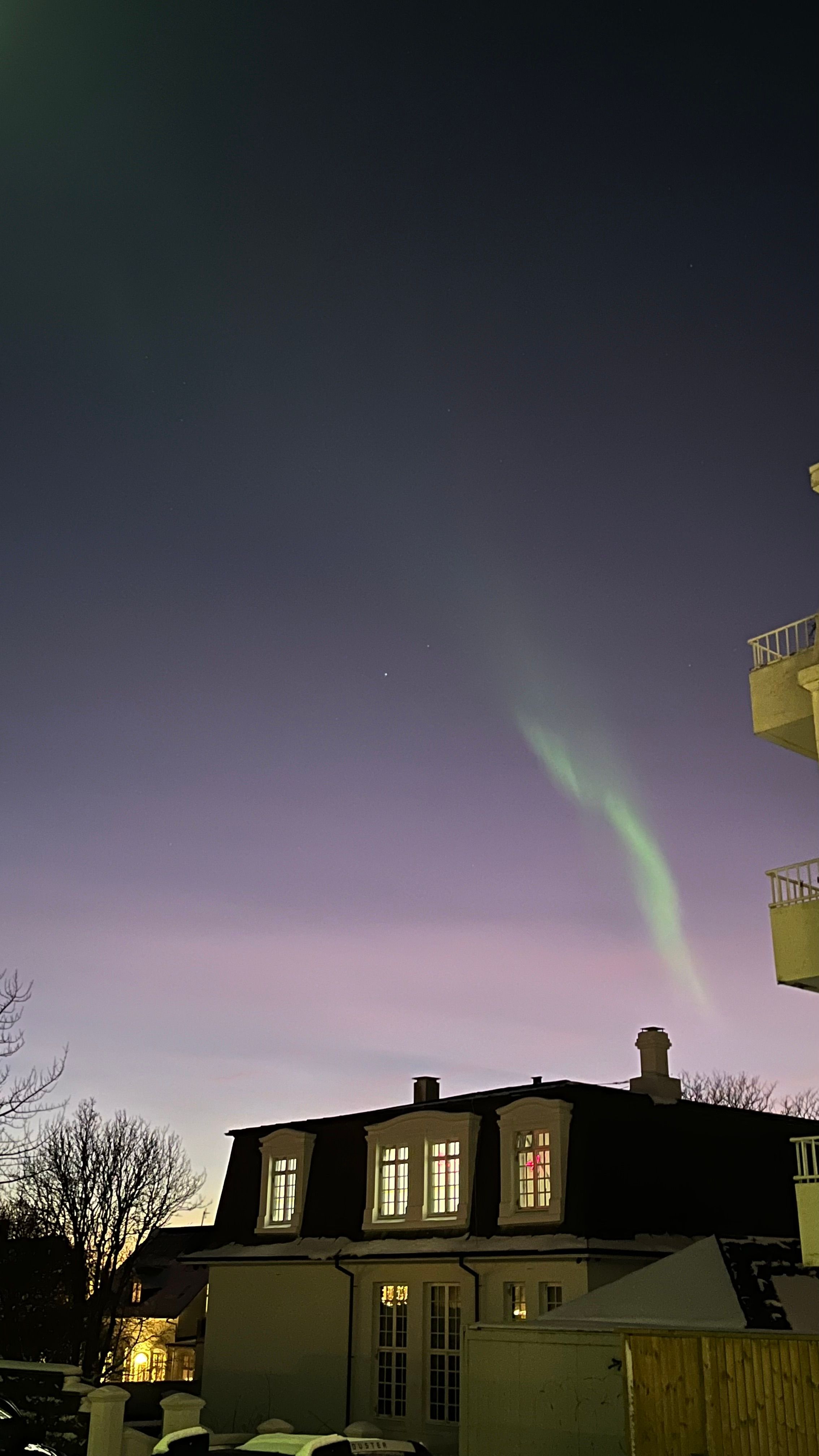
5
No ISO Hassle
ISO is one of the most important night photography camera settings, and I typically set mine to around 1,000 when shooting handheld. However, doing so takes time. Each time I change the ISO, I then have to see if the shutter speed is slow enough to capture an image without risking a blurry photo. I could use a tripod to solve this issue, but the setup is too complex for everyday pictures.
While some smartphone camera apps let you alter the ISO (and I definitely needed to on older iPhones), I haven’t yet needed to with my current device. Instead, I just have to point my phone at the scene and take my photo.
6
Less Grainy Shots
Unfortunately, my Fujifilm low-light photos often have lots of grain because I need to increase the ISO. I can remove photo grain with AI features in Lightroom, but I don’t want to use this tool for personal shots. While the story matters more than small defects, I’d still like for my pictures not to look grainy unless I’m specifically creating a film-style effect.
Although I’ve encountered problems with grain with previous iPhones, my current device rarely gives me such issues. Sometimes, I actually have to add sharpness because they’re too flat. But even when that’s necessary, fixing this problem is much faster than removing grain.
7
Better Low-Light Settings
I can’t deny that my Fujifilm photos almost always look better than their smartphone equivalent after extensive editing. However, my smartphone often makes low-light settings look better from the camera—ideal for casual shots. For example, when I saw the Northern Lights in Iceland, they looked better on my phone than in real life. My phone was also excellent at controlling the brightness to capture them.
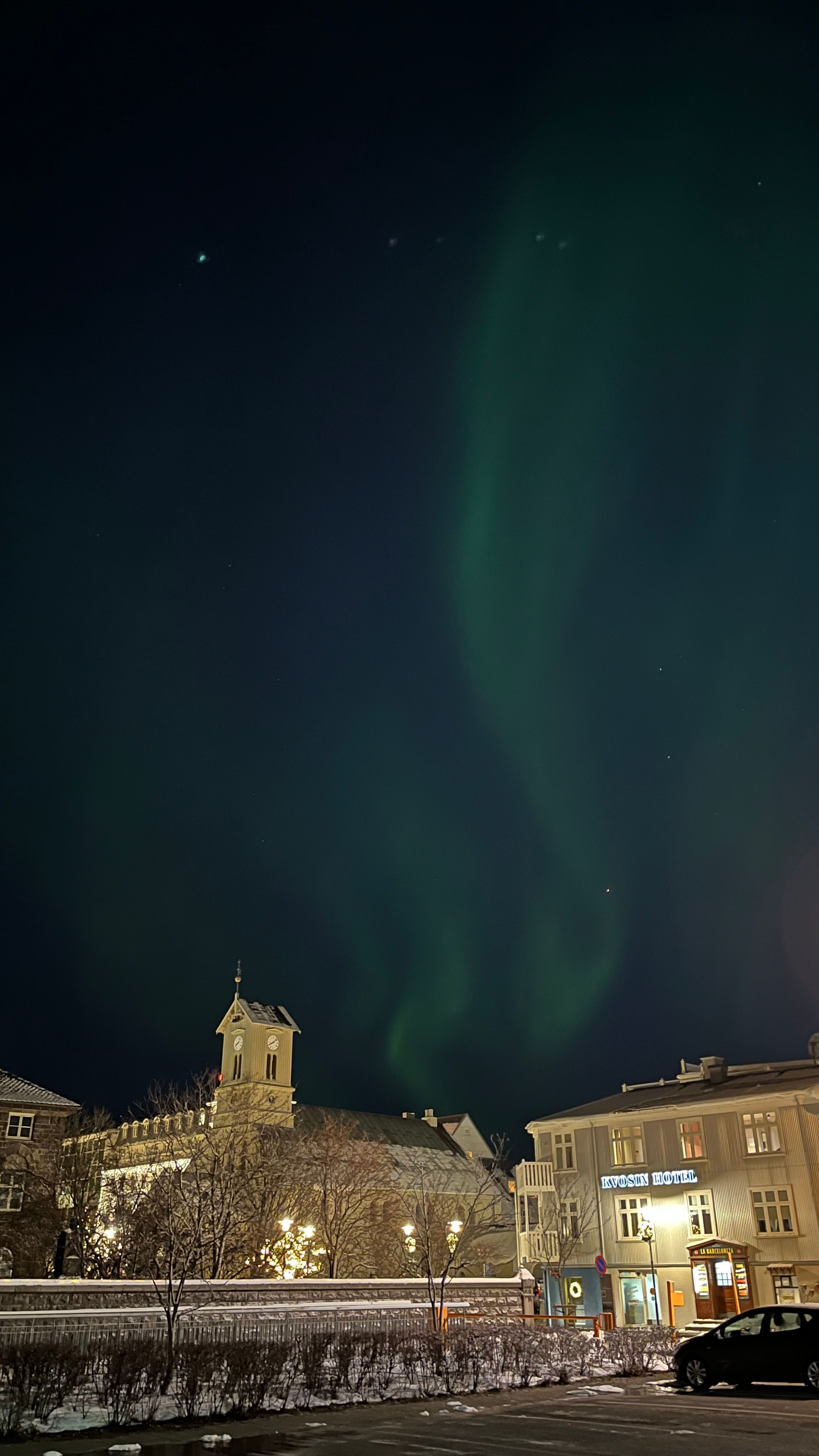
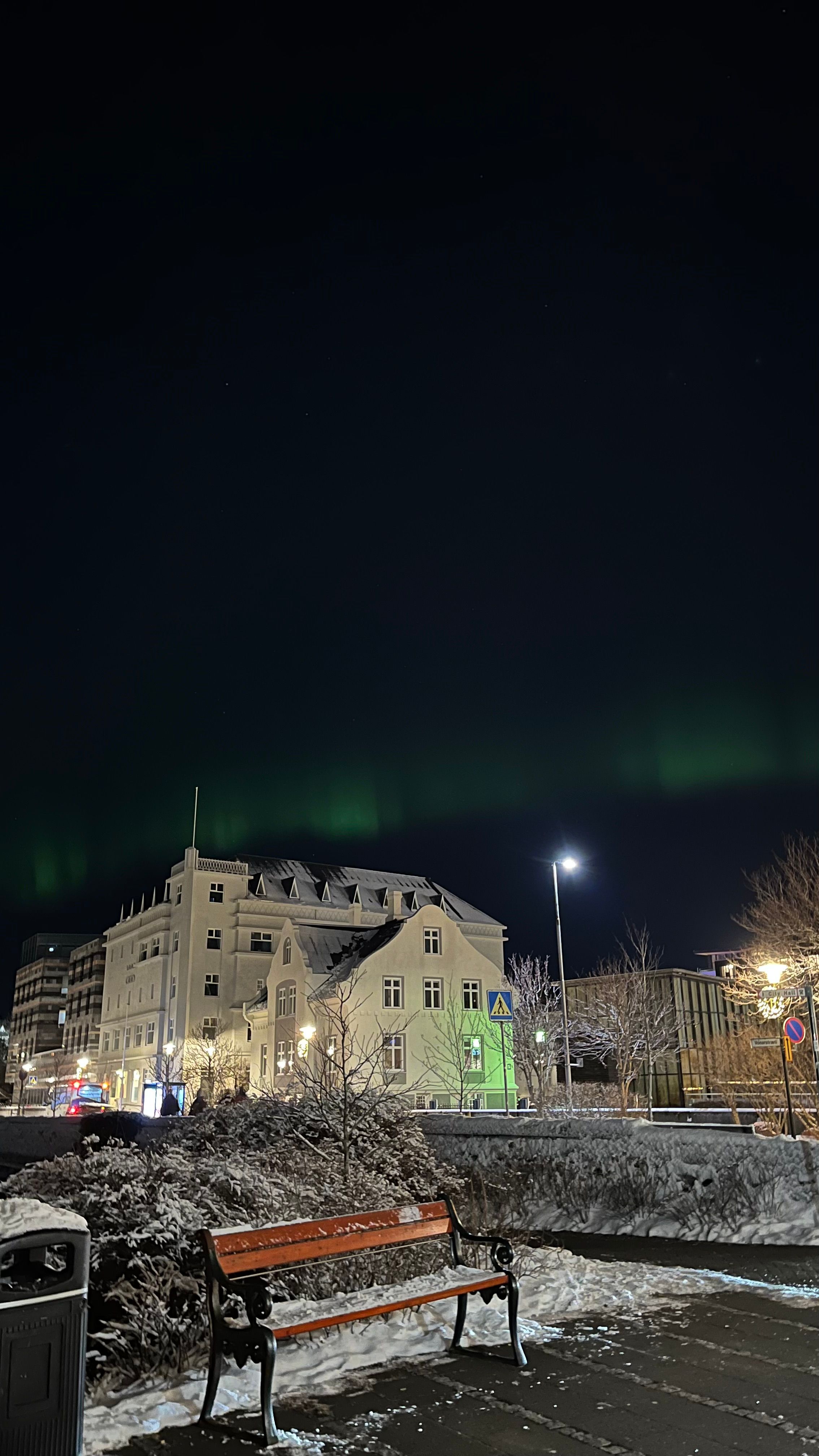
Despite enhancing the scene, my images still look real. Since I don’t like my images looking fake, this is a win-win for me. It also makes it easier to show that I didn’t use AI to make my photos.
8
Night Mode Magic
I was shocked at how much better the photos on my iPhone 13 were when I initially switched from the iPhone 8 Plus. My low-light pictures with the latter were almost always a lost cause, with too much grain or just being too blurry. Since I haven’t experienced this problem with my iPhone 13 (and I’ve owned it for over two-and-a-half years at the time of writing), some of it is due to its Night Mode feature.
Night Mode adds more details to my night and low-light images, and my device also changes the exposure accordingly. Moreover, my phone adjusts the shutter speed more accurately. The movement is almost non-existent compared to a two-second or three-second picture with my camera.
While I love my mirrorless camera, I much prefer capturing low-light shots on my smartphone. My device’s Night Mode makes getting my desired results easier, and I like how the images look without needing to edit them. Not having to carry a tripod around is another plus.

